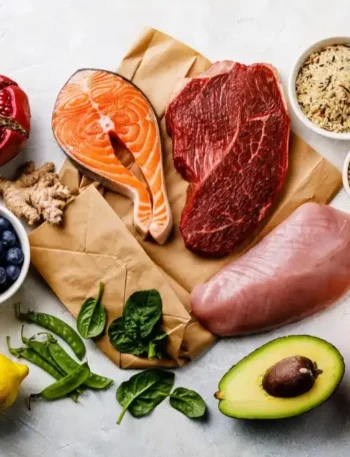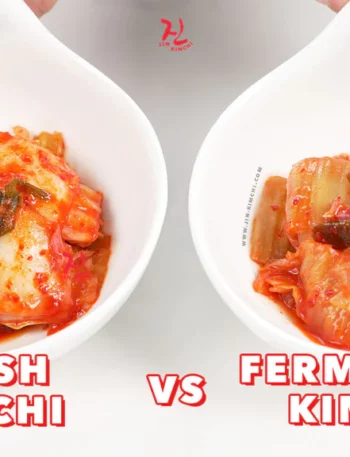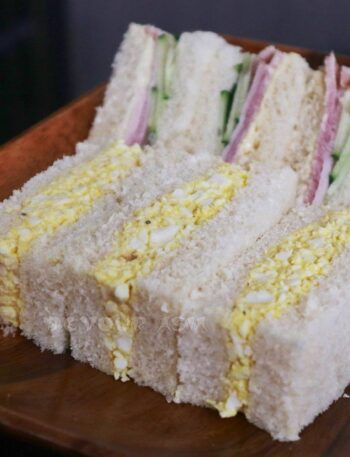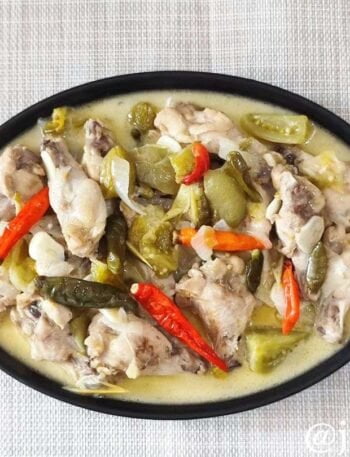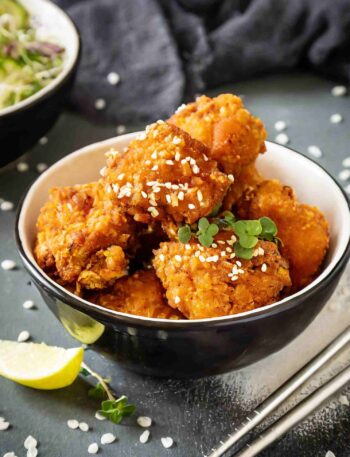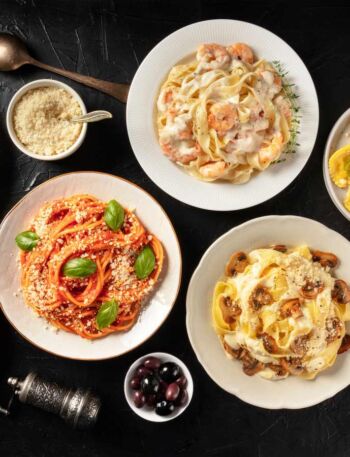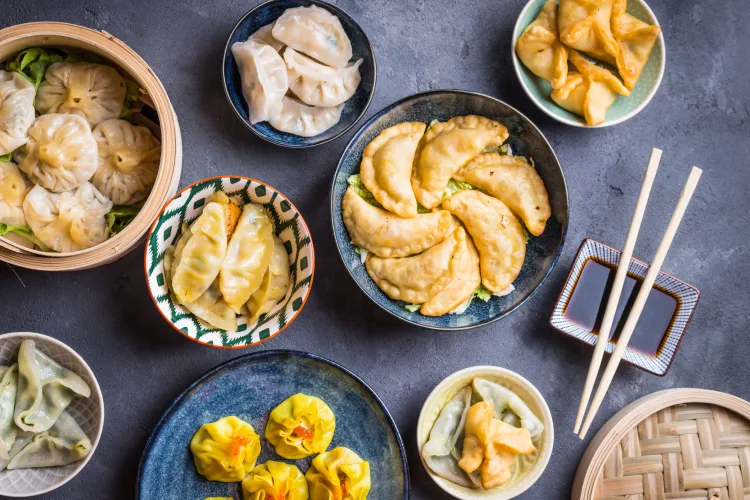
Dumplings, those delectable pockets of joy, have transcended borders to become a beloved dish in various cultures around the world. In this gastronomic exploration, we embark on a journey to discover which culture boasts the title of having the best dumplings and unravel the secrets behind their unique flavors and techniques.
I. Chinese Dumplings: Tradition Encased in Flavor
China, with its rich culinary heritage, lays claim to some of the world’s most iconic dumplings. From the delicate Har Gow to the robust Xiaolongbao, Chinese dumplings are a testament to the country’s diverse regional flavors and culinary finesse.
Why Chinese Dumplings?
Chinese dumplings are revered for their meticulous preparation and the perfect balance of textures and flavors. The art of making dumplings is deeply ingrained in Chinese culture, often passed down through generations, making each bite a celebration of tradition.
2. Japanese Gyoza: Precision and Simplicity
The land of the rising sun brings us Gyoza, a Japanese take on dumplings. These pan-fried delights have gained global popularity for their thin, crispy exterior and succulent fillings, often a blend of pork and vegetables.
Why Japanese Gyoza?
Japanese Gyoza stands out for its simplicity and precision. The focus on fresh, high-quality ingredients and the meticulous folding technique creates a dumpling that is a harmonious marriage of flavors and textures, showcasing Japan’s commitment to culinary excellence.
3. Italian Ravioli: Pasta Perfection in Every Bite
Italy, famous for its pasta, introduces us to Ravioli, a dumpling-like delight stuffed with a variety of ingredients. Ravioli showcases Italy’s mastery in transforming simple ingredients into a symphony of flavors.
Why Italian Ravioli?
Italian Ravioli stands out for its pasta perfection. The al dente texture of the pasta, coupled with the diverse fillings like ricotta and spinach or meat and herbs, creates a culinary masterpiece. Each bite is a journey through the Italian countryside, reflecting the country’s dedication to the art of pasta making.
4. Polish Pierogi: Hearty and Wholesome Comfort
Poland’s contribution to the world of dumplings comes in the form of Pierogi. These dumplings, often stuffed with potatoes, cheese, or meat, have become synonymous with comfort food, capturing the essence of Polish hospitality.
Why Polish Pierogi?
Polish Pierogi wins hearts with their hearty and wholesome nature. The filling and satisfying nature of these dumplings, combined with their versatility in both sweet and savory variations, reflects the warmth of Polish culture and the importance of sharing a good meal with loved ones.
5. Nepal: Momos Marvel
Nepal’s Momos have gained popularity beyond its borders, offering a unique take on dumplings. These steamed or fried dumplings, often filled with spiced meats or vegetables, showcase Nepal’s culinary creativity and the influence of Tibetan and Indian flavors.
Why Nepali Momos?
Nepali Momos stand out for their unique blend of spices and the cultural fusion that defines Nepalese cuisine. Whether enjoyed as street food or part of a festive feast, Momos reflect the diversity and vibrancy of Nepal’s culinary landscape.
From the Dumpling Dynasty of China to the Gyoza Extravaganza in Japan, the Ravioli Romance in Italy, the Pierogi Pleasure in Poland, and the Momos Marvel in Nepal, each country contributes its own chapter to the global dumpling tapestry. These delightful pockets of joy not only satiate our taste buds but also tell stories of tradition, creativity, and the universal love for a well-crafted dumpling.
FAQs
What is the history behind Chinese dumplings?
Chinese dumplings have a rich history dating back over 1,800 years. Originating during the Han Dynasty, they were initially considered a food for the elite. Over time, dumplings became a symbol of wealth and prosperity, evolving into a staple in Chinese cuisine.
Are there regional variations of Chinese dumplings?
Absolutely. China’s vast landscape and diverse cultures have given rise to numerous regional variations of dumplings. From the delicate Cantonese dim sum to the hearty Northern potstickers, each region boasts its own unique dumpling traditions.
How do Japanese Gyoza differ from traditional Chinese dumplings?
While both share the concept of a filled dough pocket, Japanese Gyoza typically feature a thinner, more translucent wrapper. The fillings may include a blend of ground pork, cabbage, garlic, and ginger, creating a distinct flavor profile that sets them apart from their Chinese counterparts.
Can you elaborate on the different types of Italian Ravioli?
Certainly. Italian Ravioli comes in a delightful array of types. From the classic Ricotta and Spinach filling to the indulgent Lobster and Crab variations, the possibilities are endless. Ravioli can also be categorized by regional influences, with each part of Italy adding its own twist to this pasta delicacy.
What is the cultural significance of Polish Pierogi?
Polish Pierogi are not just a dish; they hold cultural significance. Often prepared during special occasions and family gatherings, Pierogi symbolize togetherness and the joy of sharing a meal with loved ones. They are a culinary expression of Polish hospitality and tradition.
Can you share tips for making perfect dumplings at home?

Certainly! You can check this recipe out Vegetable Gyoza
Are there vegetarian or vegan options for dumplings?
Absolutely. Dumplings are incredibly versatile, and many cultures offer vegetarian or vegan variations. Chinese cuisine, for example, has delightful vegetable dumplings, while Italian Ravioli can easily be adapted with plant-based fillings. Experiment with alternative proteins and fresh produce to create a cruelty-free dumpling feast.
How do dumplings reflect cultural identities?
Dumplings serve as edible storytellers, reflecting the unique flavors, traditions, and values of each culture. The choice of ingredients, folding techniques, and even the occasions during which dumplings are enjoyed all contribute to the cultural identity embedded in these delightful pockets of culinary heritage.
What sets Nepalese Momos apart from other dumplings?
Nepalese Momos stand out for their unique fillings, often incorporating spiced meat mixtures or vegetarian options like paneer. The communal aspect of making Momos and their association with festivals add layers of cultural significance.


